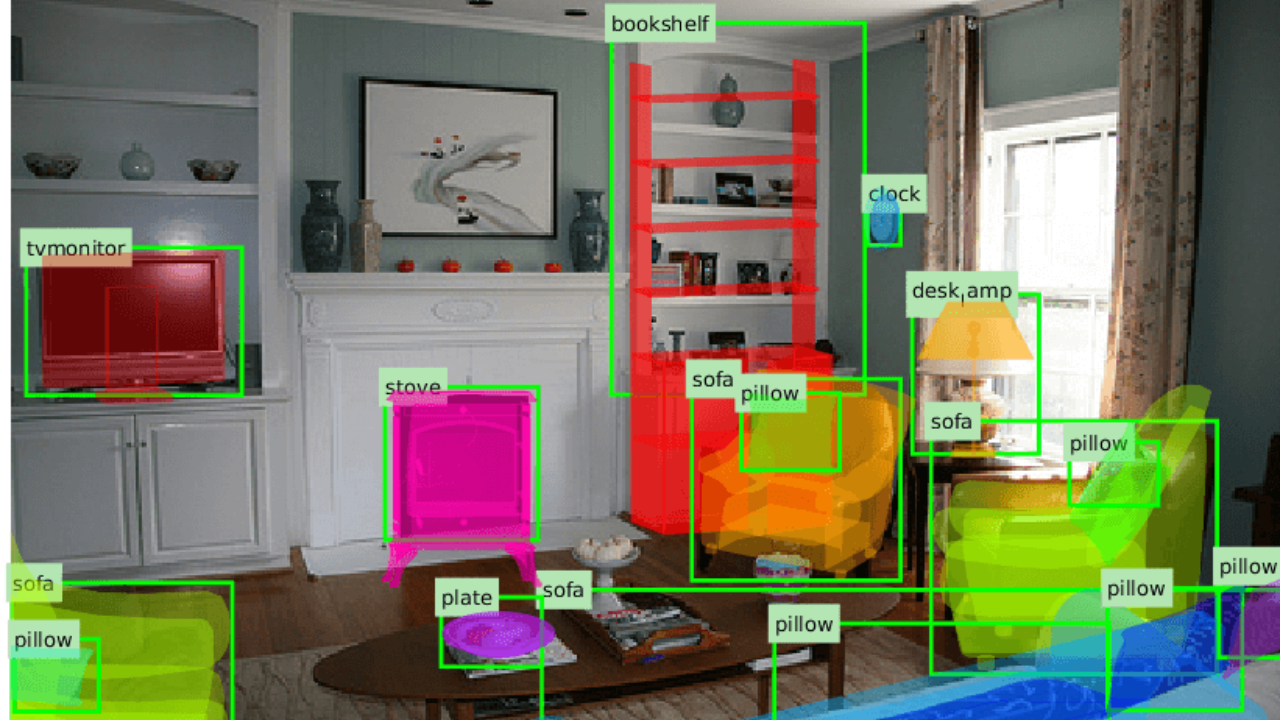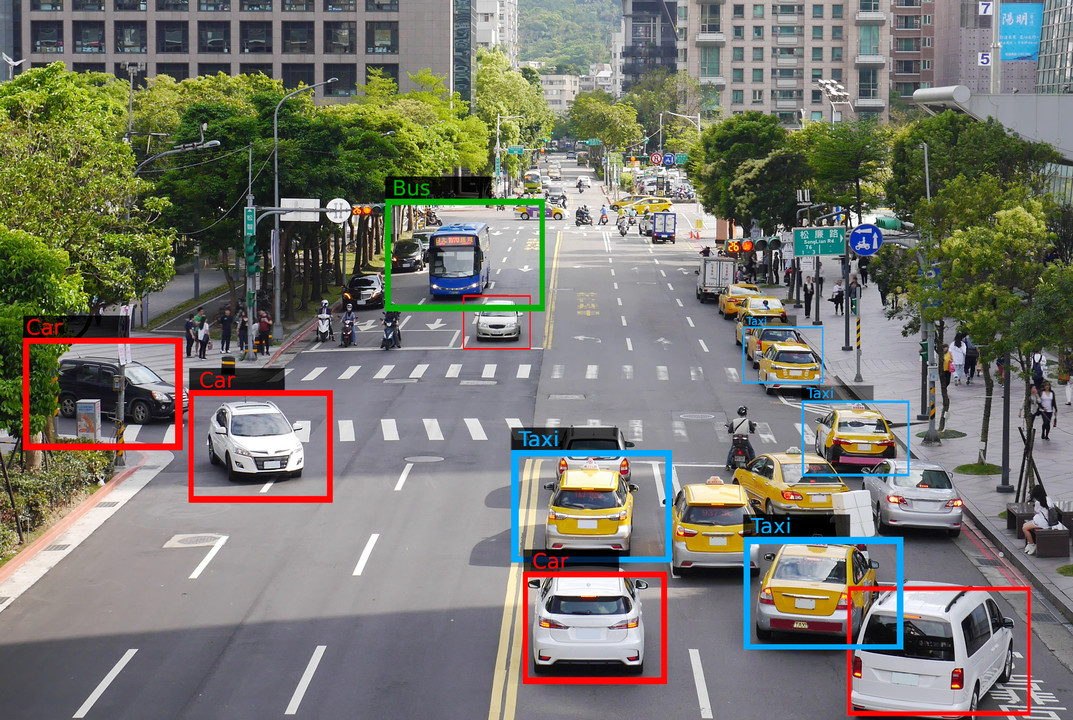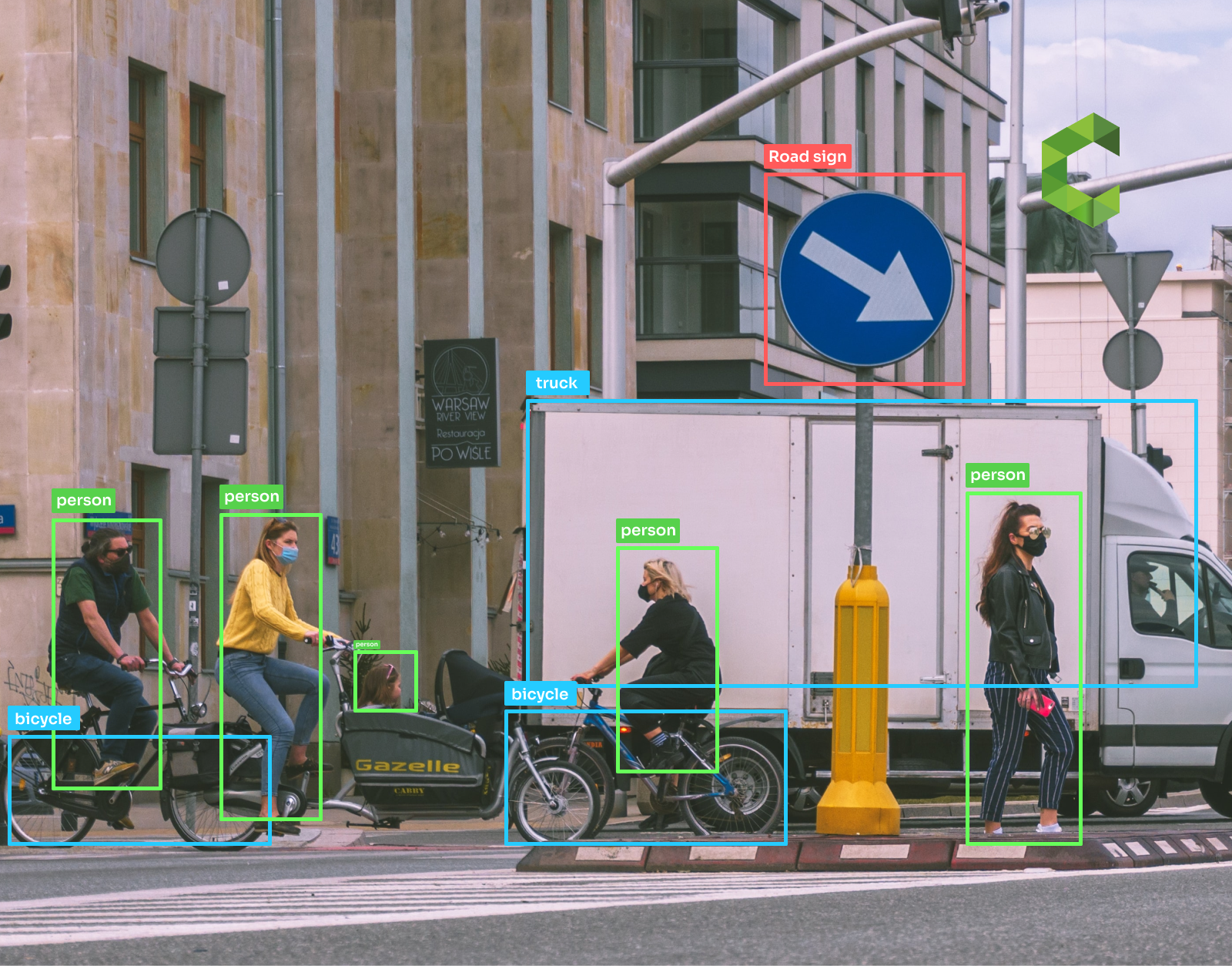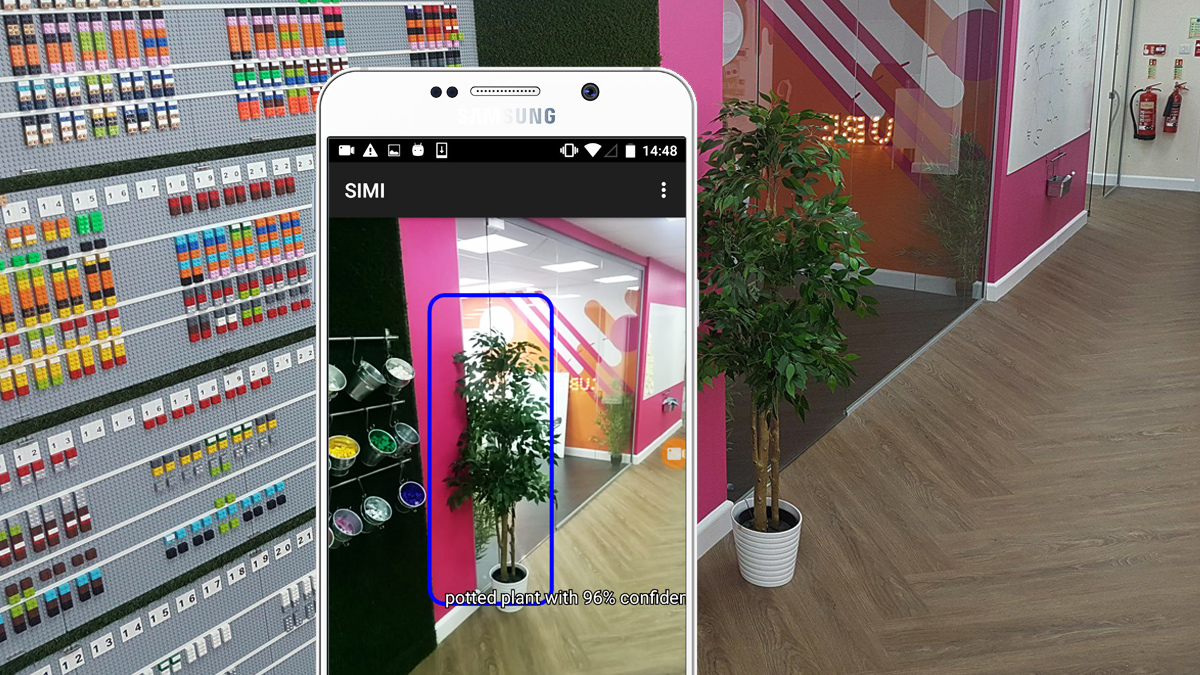What is Object Recognition? A Comprehensive Guide to Visual Perception
May 30, 2023
In today's technologically advanced world, where computers are becoming increasingly capable of understanding visual content, object recognition has emerged as a crucial area of research. With the ability to perceive and identify objects in images or videos, object recognition plays a vital role in various domains, including computer vision, robotics, augmented reality, and autonomous vehicles. This article aims to provide an in-depth understanding of object recognition, its significance, underlying techniques, challenges, and its promising future.
What is Object Recognition?
Object recognition refers to the process of identifying and classifying objects or patterns within visual data, such as images or videos. It enables machines to understand and interpret the content of visual inputs, leading to a higher level of artificial intelligence and interaction with the surrounding environment. Object recognition relies on extracting relevant features from images and using machine learning algorithms to classify and recognize objects accurately.
The Importance of Object Recognition
Object recognition has a wide range of practical applications across multiple industries. Let's explore some of the key areas where object recognition plays a significant role:
- Autonomous Vehicles: Object recognition is crucial for self-driving cars, enabling them to detect and identify traffic signs, pedestrians, obstacles, and other vehicles, ensuring safe navigation on roads.
- Surveillance and Security: Object recognition helps in identifying suspicious activities, recognizing faces, tracking individuals, and monitoring public spaces, contributing to enhanced security measures.
- Retail and E-commerce: By employing object recognition, retailers can automatically classify products, identify shelf stocking issues, and enable visual search, enhancing the customer experience and streamlining inventory management.
- Medical Imaging: Object recognition assists medical professionals in analyzing medical images, aiding in the diagnosis of diseases, locating tumors, and assisting in surgical planning.
- Augmented Reality: Object recognition is crucial for AR applications, enabling virtual objects to be placed accurately in the real world and enhancing user interaction and immersion.
How Does Object Recognition Work?
Object recognition involves several underlying techniques and algorithms that enable machines to understand and interpret visual data. Here are some key steps involved in the object recognition process:
- Image Acquisition: The first step is to capture or acquire images or videos containing the objects of interest using cameras or other imaging devices.
- Preprocessing: The acquired images undergo preprocessing to enhance their quality, remove noise, and standardize the image format.
- Feature Extraction: Next, relevant features are extracted from the preprocessed images. These features can include color, shape, texture, or other distinctive characteristics that help in distinguishing objects.
- Feature Representation: The extracted features are represented in a suitable format that can be fed into machine learning algorithms for further processing.
- Classification: Machine learning algorithms are employed to classify and recognize objects based on the extracted features. These algorithms can include deep learning models, support vector machines (SVMs), or decision trees.
- Post-processing: Once the objects are recognized, post-processing techniques can be applied to refine the results, eliminate false positives, and improve overall accuracy.
Challenges in Object Recognition
While object recognition has made remarkable progress, several challenges still persist. These challenges include:
- Variability: Objects can exhibit significant variability in terms of appearance, pose, lighting conditions, and occlusion. Recognizing objects accurately under such variations is a complex task.
- Scale and Complexity: The number of objects in the world is vast, and the complexity of their appearances makes it challenging to create comprehensive object recognition models.
- Real-time Processing: In many applications, real-time object recognition is crucial. Achieving fast and efficient processing while maintaining accuracy is a significant challenge.
- Large-Scale Datasets: Building robust object recognition models requires extensive labeled datasets, which can be time-consuming and costly to create.
- Ambiguity: Certain objects may have similar appearances, making it difficult for algorithms to differentiate between them accurately.
- Adaptability: Object recognition systems should be adaptable to new objects, scenarios, or environments without requiring extensive retraining.
FAQs about Object Recognition
- Q: What is the difference between object detection and object recognition?
- Object detection involves locating and identifying objects within an image, while object recognition focuses on recognizing and classifying objects once they are detected.
- Q: Which algorithms are commonly used for object recognition?
- Deep learning-based algorithms, such as Convolutional Neural Networks (CNNs), are widely used for object recognition due to their ability to learn hierarchical features.
- Q: Can object recognition work in real-time applications?
- Yes, with advancements in hardware and algorithm optimization, real-time object recognition is now feasible, enabling applications like autonomous driving and real-time surveillance.
- Q: Is object recognition limited to images?
- No, object recognition can be applied to other types of visual data, including videos and 3D point clouds, allowing for a more comprehensive understanding of the environment.
- Q: Can object recognition be applied to natural language processing?
- Object recognition primarily deals with visual data, but its results can be integrated with natural language processing to enable intelligent systems to comprehend and respond to textual descriptions of objects.
- Q: What are the future prospects of object recognition?
- The future of object recognition holds great potential, with advancements in deep learning, computer vision, and sensor technologies. It will continue to revolutionize various industries and drive innovations.
Conclusion
Object recognition has become a fundamental aspect of computer vision, enabling machines to perceive, understand, and interact with visual data. Its applications span across industries, contributing to advancements in autonomous vehicles, surveillance, retail, medicine, and augmented reality. Although challenges exist, ongoing research and technological advancements are continually pushing the boundaries of object recognition. As we move forward, object recognition will play a pivotal role in shaping the future of AI and its impact on our daily lives.
Ready to up your computer vision game? Are you ready to harness the power of YOLO-NAS in your projects? Don't miss out on our upcoming YOLOv8 course, where we'll show you how to easily switch the model to YOLO-NAS using our Modular AS-One library. The course will also incorporate training so that you can maximize the benefits of this groundbreaking model. Sign up HERE to get notified when the course is available: https://www.augmentedstartups.com/YOLO+SignUp. Don't miss this opportunity to stay ahead of the curve and elevate your object detection skills! We are planning on launching this within weeks, instead of months because of AS-One, so get ready to elevate your skills and stay ahead of the curve!
From 80-Hour Weeks to 4-Hour Workflows
Get my Corporate Automation Starter Pack and discover how I automated my way from burnout to freedom. Includes the AI maturity audit + ready-to-deploy n8n workflows that save hours every day.
We hate SPAM. We will never sell your information, for any reason.









